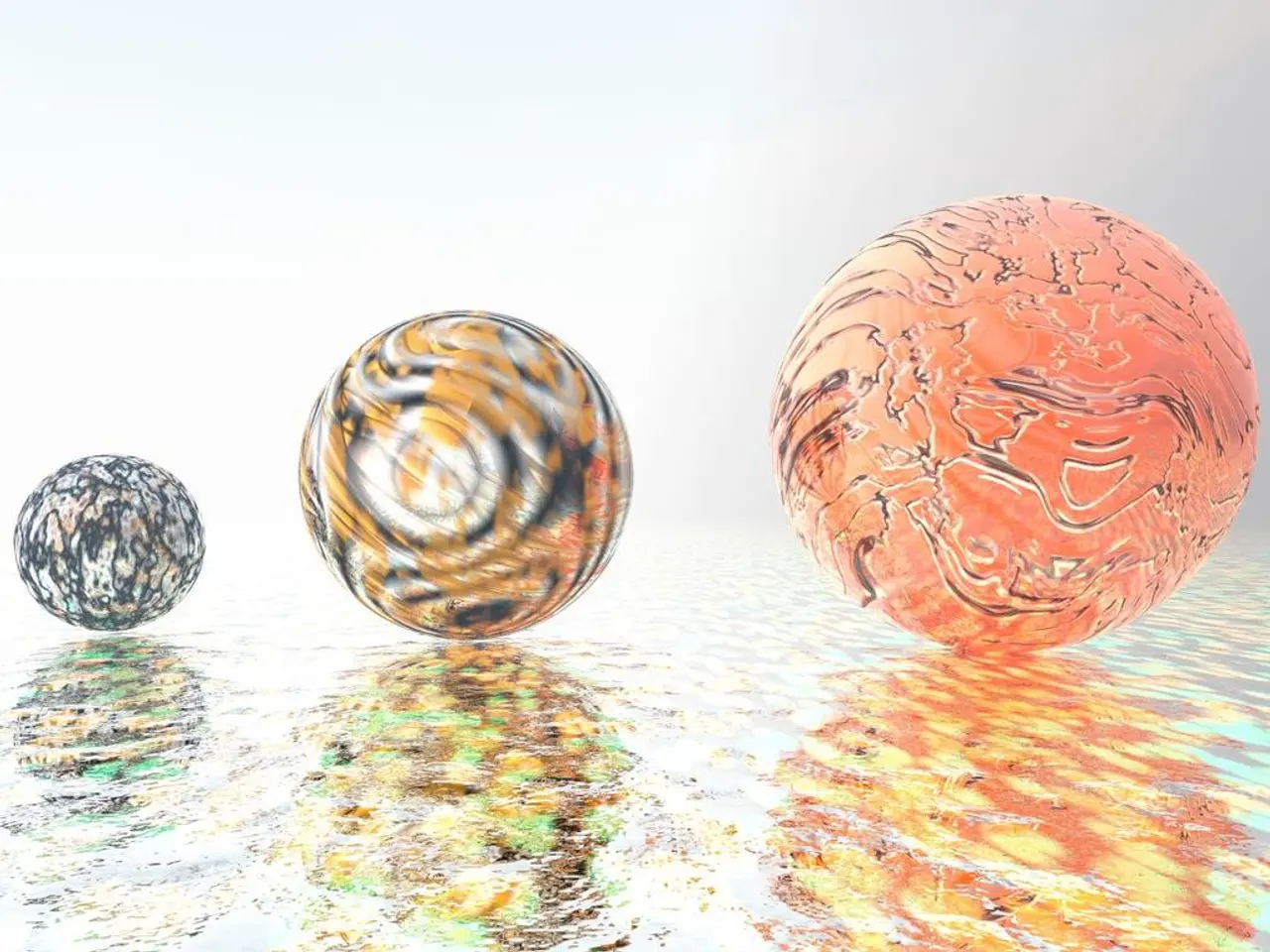Understanding the Scrotum: Anatomy and Common Conditions
The scrotum, a sac of skin that hangs between the legs, houses the testicles and plays a crucial role in male reproduction. Understanding its structure and common conditions is vital for maintaining men's health. Here, we explore the anatomy and some key diseases affecting this area.
The scrotum is divided into two parts by the perineal raphe, each containing a testicle, an epididymis, a spermatic cord, and a cremaster muscle. The testicles, oval-shaped glands, produce and store sperm. The scrotum hangs outside the body to maintain a slightly lower temperature, fostering sperm production.
Infections or inflammations of the epididymis and testicle, known as epididymitis and orchitis, can occur, often due to sexually transmitted infections. Swelling or lumps in the testicles may indicate conditions like testicular cancer, epididymitis, or a hydrocele, where excess fluid builds up around the testicle. Sudden severe testicular pain, swelling, and redness can signal a medical emergency like testicular torsion, where the testicle twists, cutting off blood supply and nerve function. An inguinal hernia, where part of the small intestine pokes through an opening in the abdominal wall into the scrotum, can also occur.
Understanding the scrotum's anatomy and common conditions is essential for prompt medical attention when symptoms arise. Sudden severe pain, swelling, or lumps should not be ignored, as they can indicate serious conditions requiring immediate treatment.
Read also:
- Is it advisable to utilize your personal health insurance in a publicly-funded medical facility?
- Dietary strategies for IBS elimination: Aims and execution methods
- Benefits, suitable dosage, and safety considerations for utilizing pumpkin seed oil in treating an overactive bladder
- Harmful Medical Remedies: A Misguided Approach to Healing




